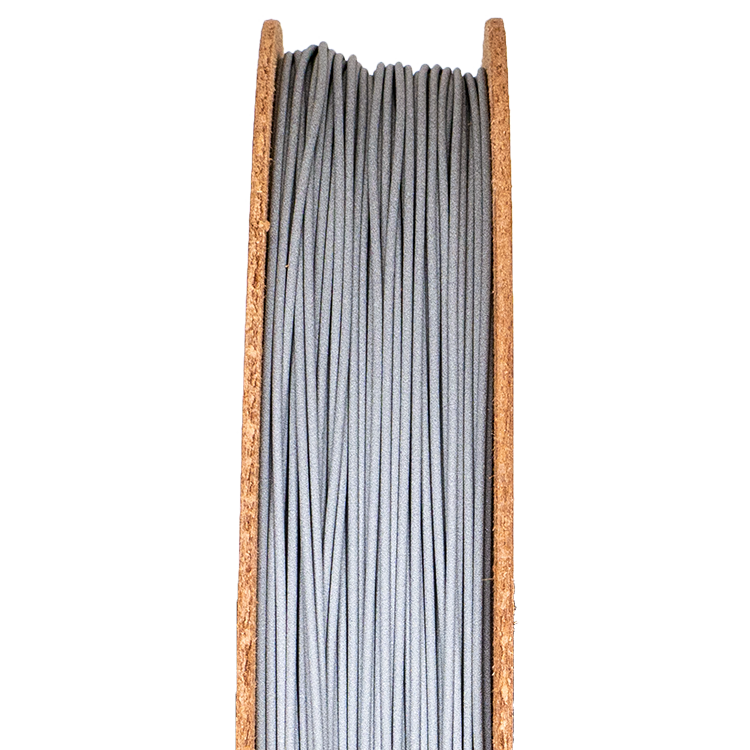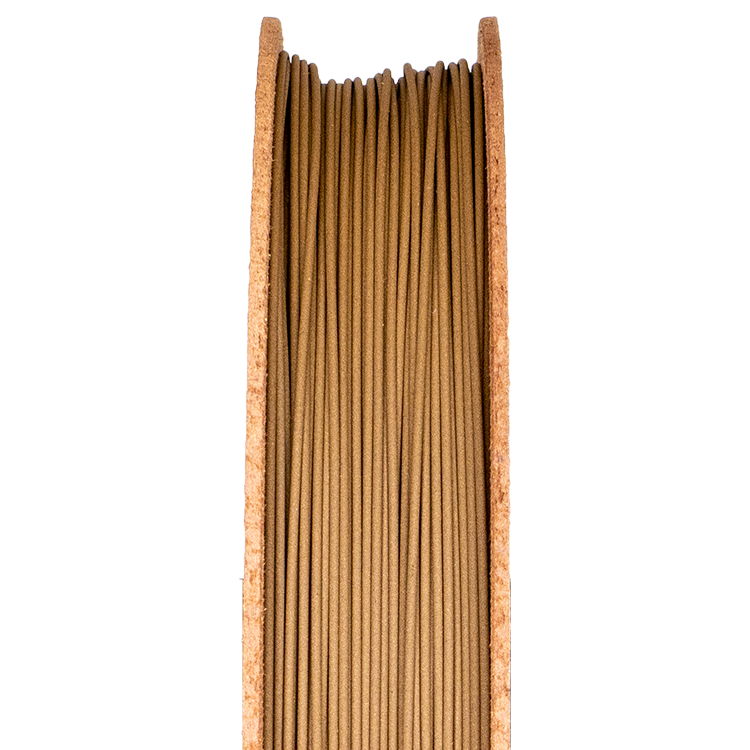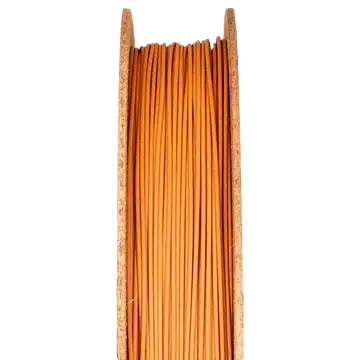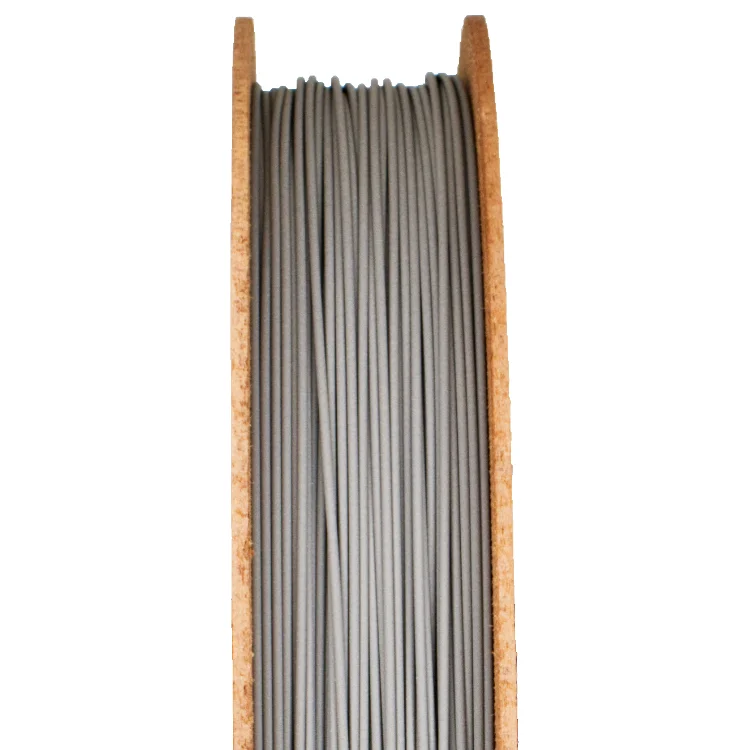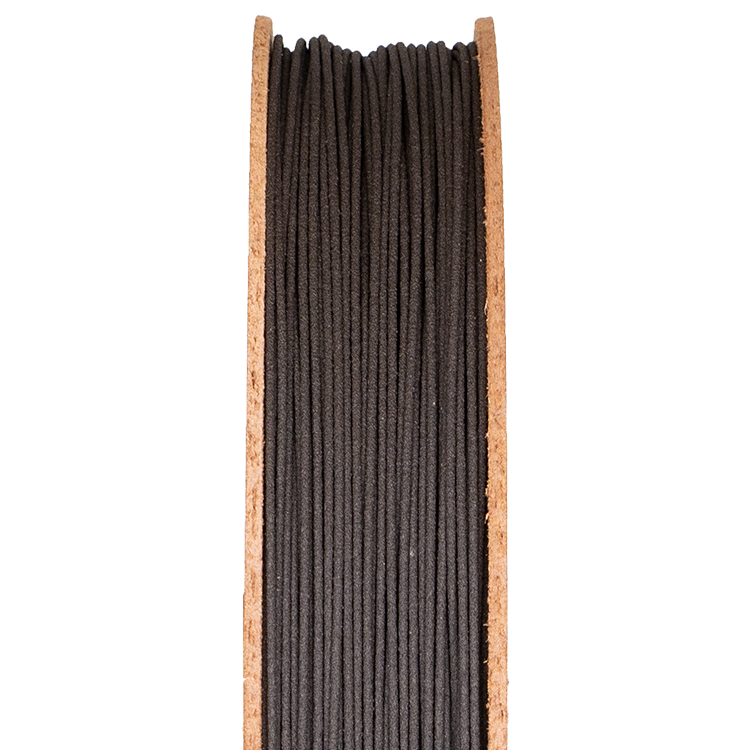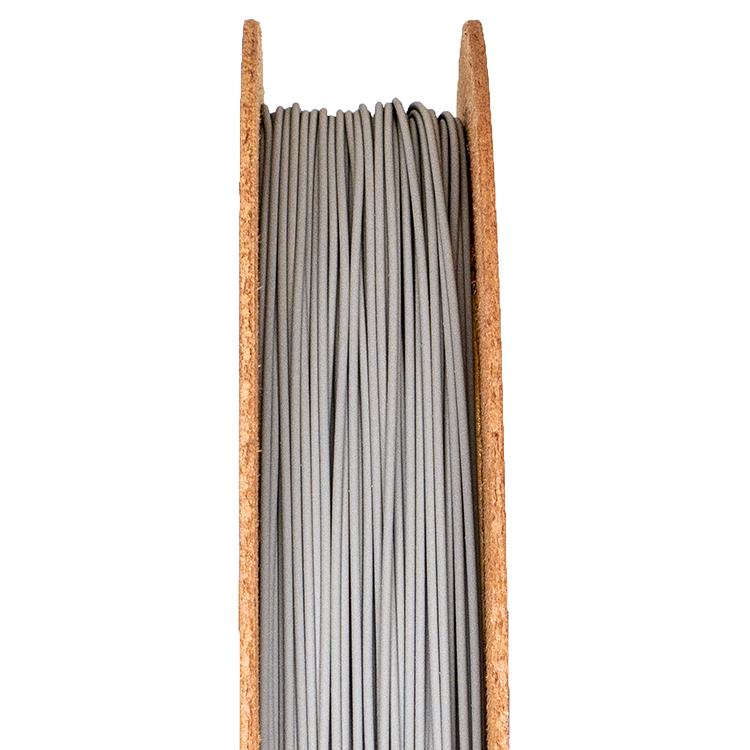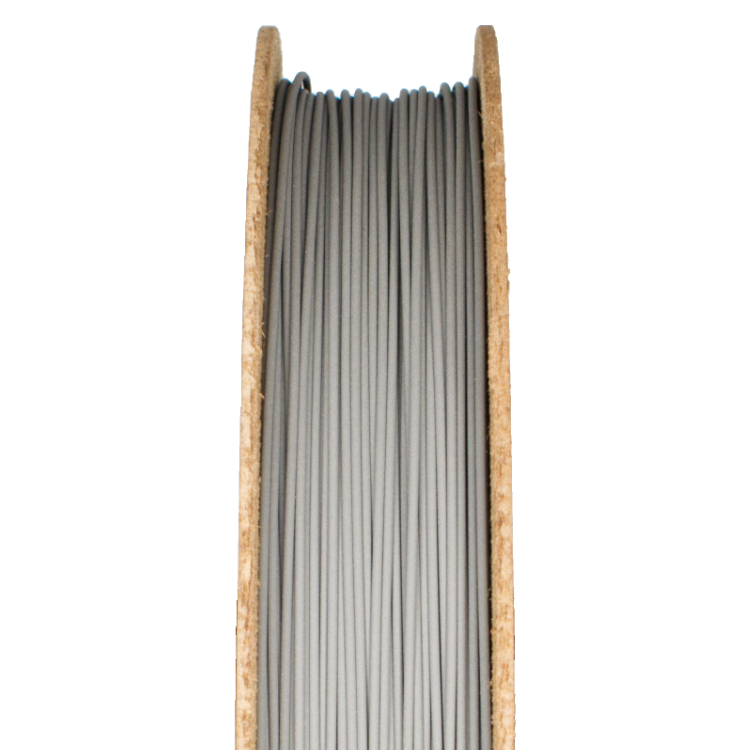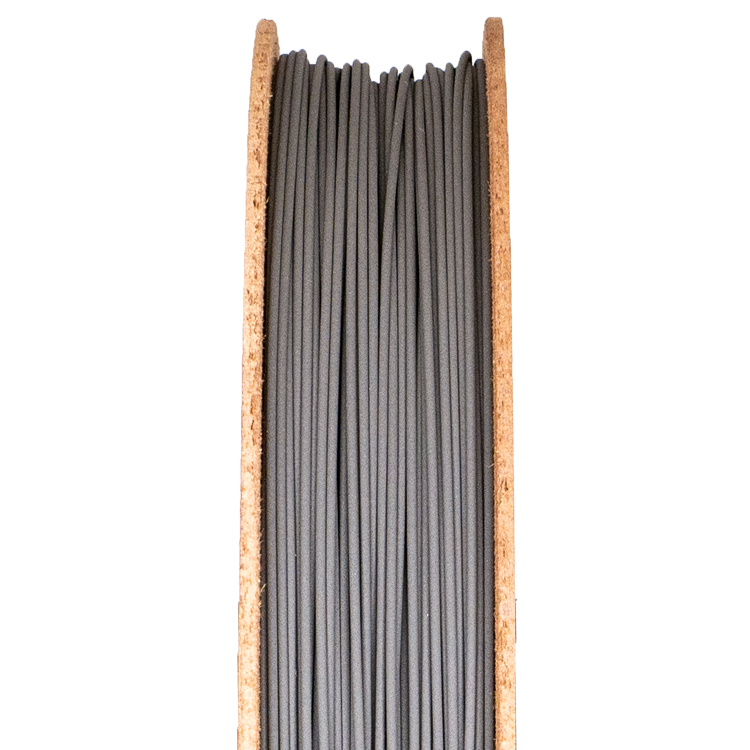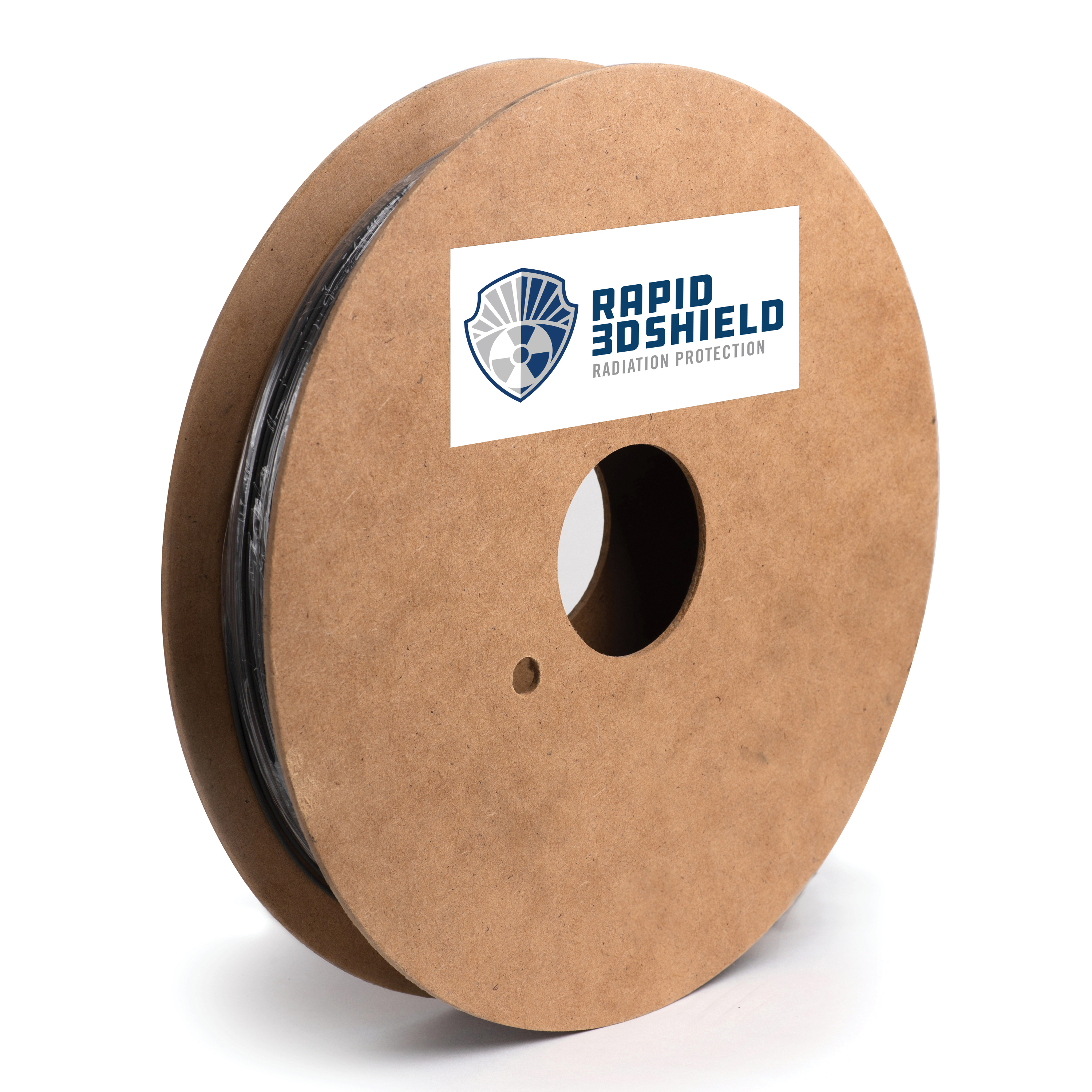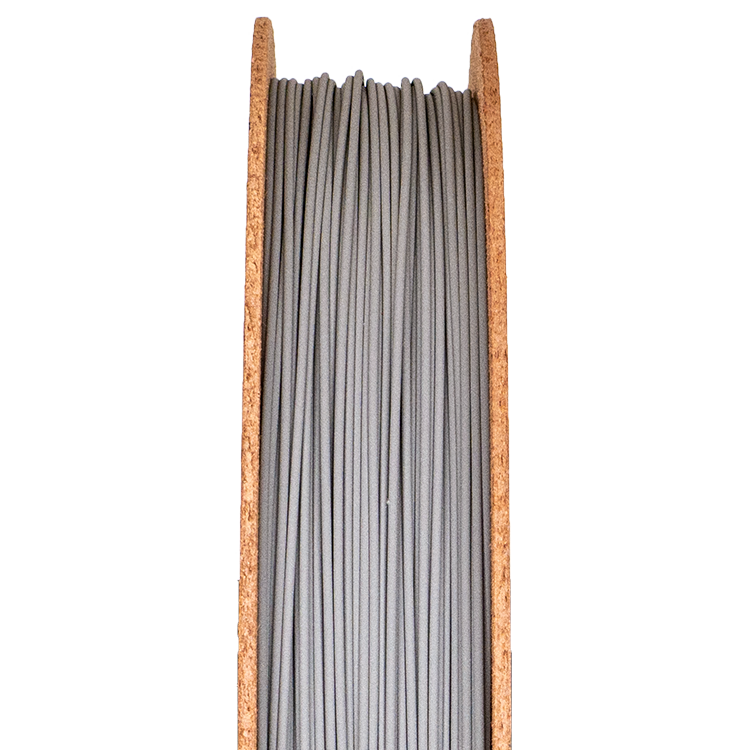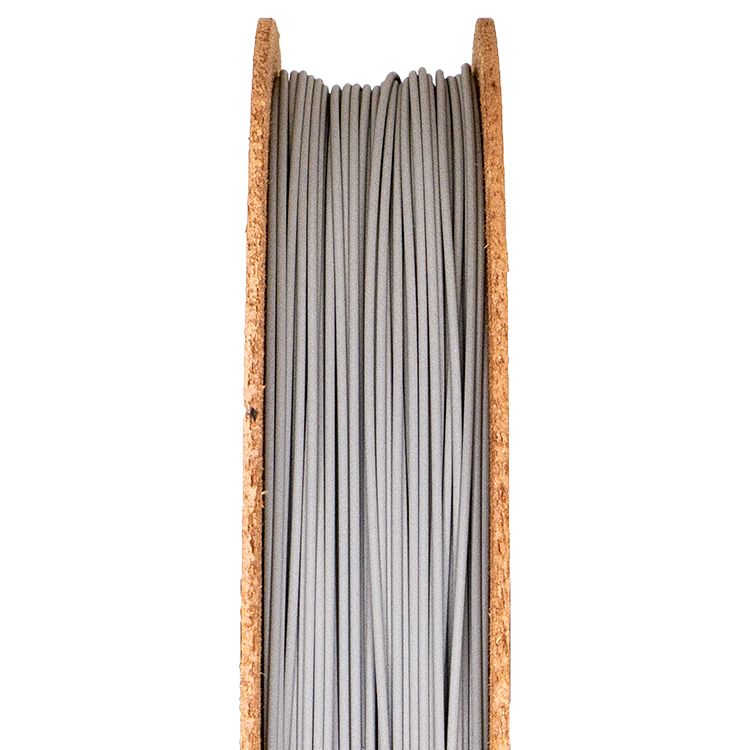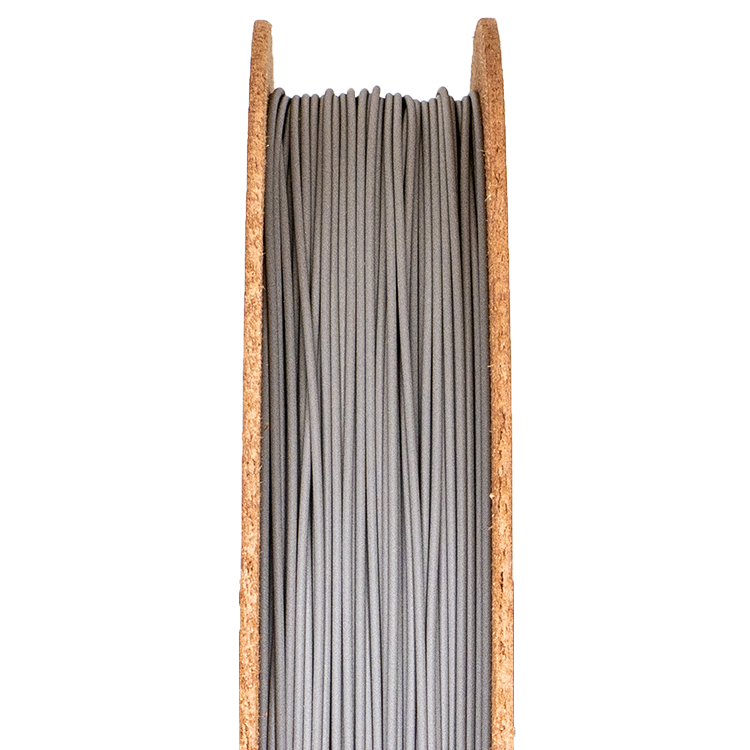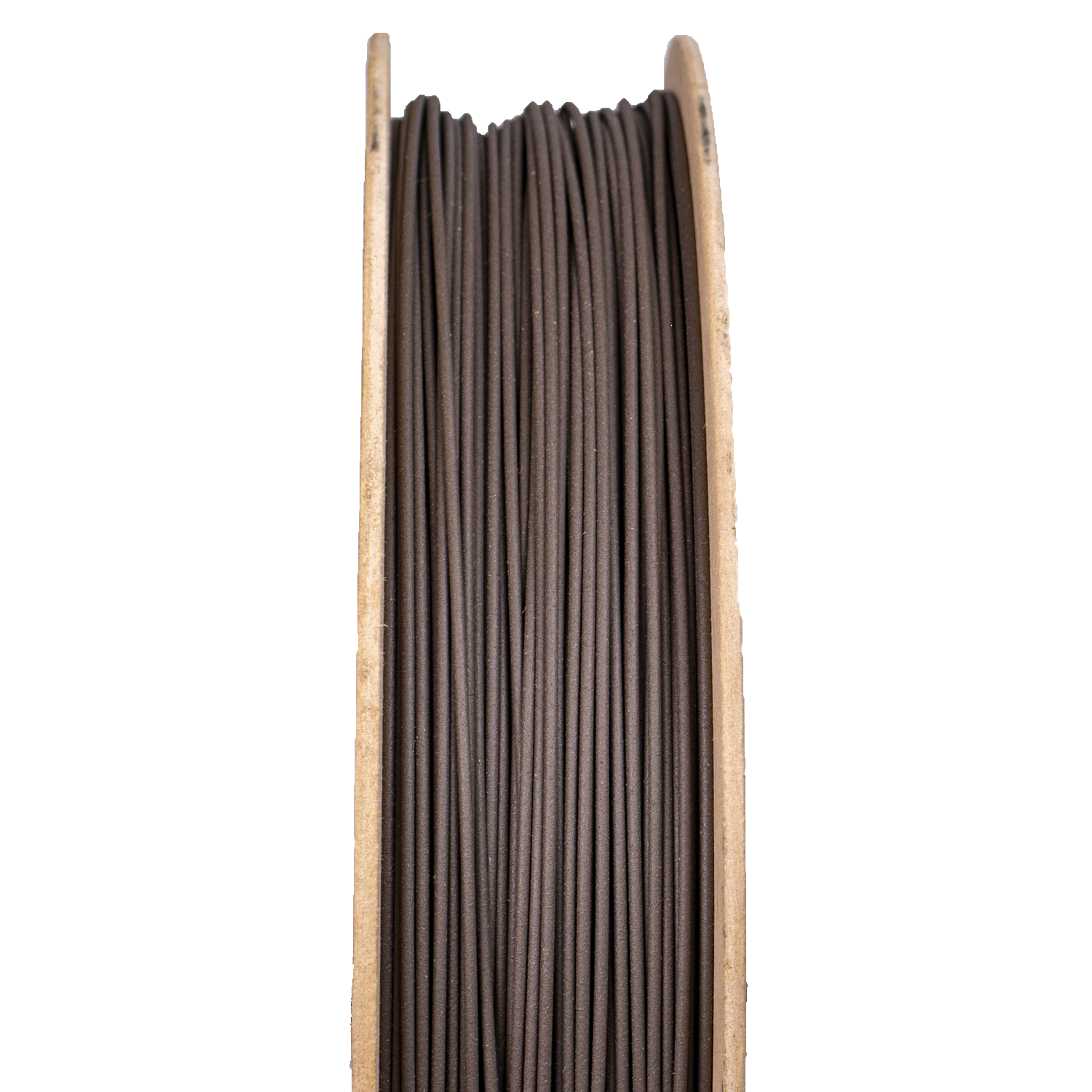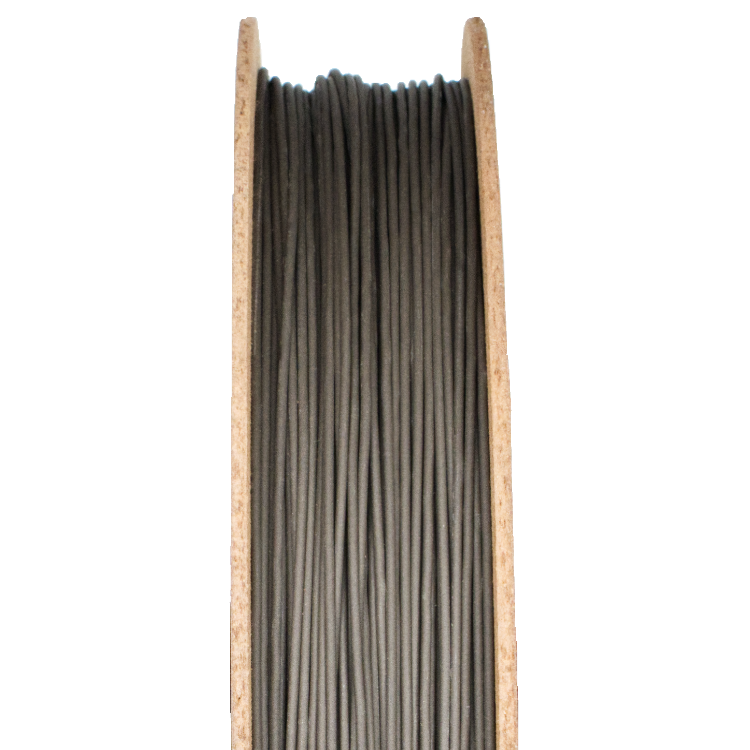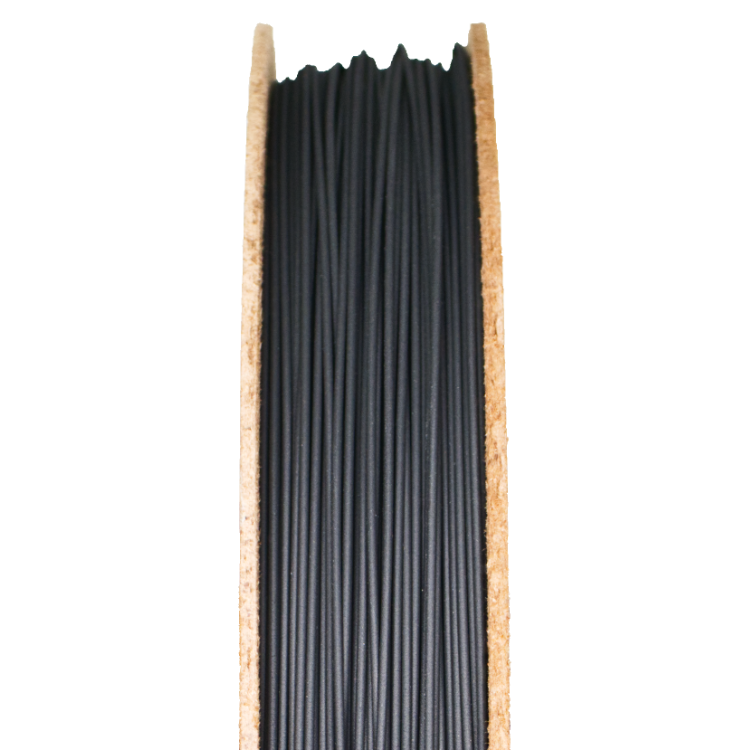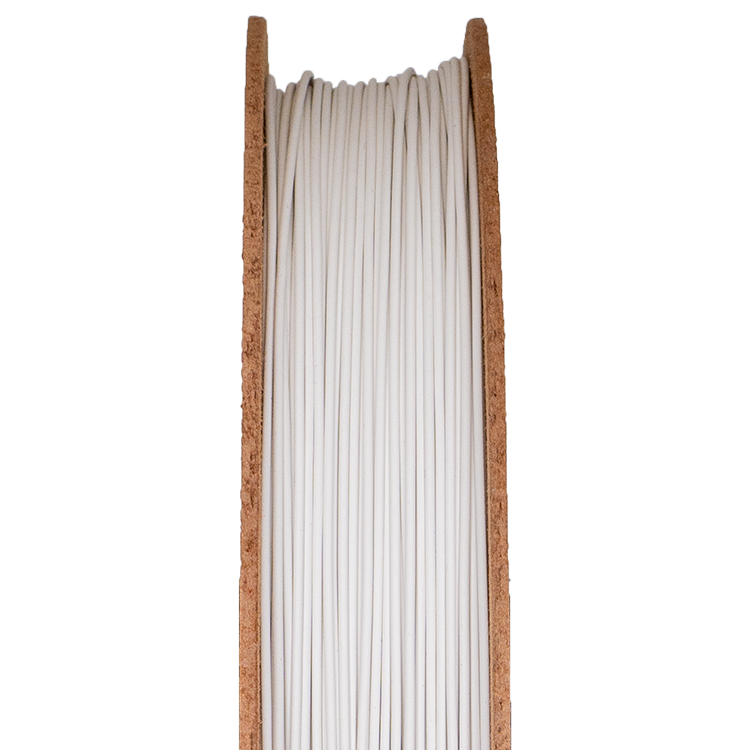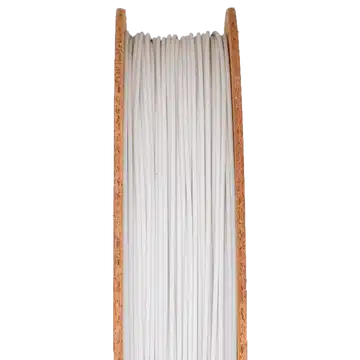Frequently Asked Questions
What are the benefits of using TDS metal in construction?
The benefits of using TDS metal in construction include enhanced durability, lightweight properties, and design flexibility, which contribute to improved structural integrity and efficiency in building projects.
Is TDS printing compatible with various printer models?
TDS printing is compatible with various printer models, but users should verify specific filament requirements and printer capabilities to ensure optimal performance and results. Always consult the manufacturer's guidelines for best practices.
Can TDS metal be recycled and reused?
TDS metal can be recycled and reused. The materials used in TDS metal filaments are often recyclable, allowing for efficient reuse in new 3D printing applications, thereby promoting sustainability in manufacturing processes.
What kind of products are made in a virtual foundry?
The products made in a virtual foundry primarily include metal, ceramic, and glass components that are created using advanced 3D printing technologies, allowing for intricate designs and tailored material properties.
Is TDS metal suitable for use in marine environments?
TDS metal is suitable for use in marine environments due to its corrosion-resistant properties, making it an excellent choice for applications exposed to harsh conditions.
What are the benefits of a virtual foundry?
The benefits of a virtual foundry include enhanced flexibility in material selection, reduced production costs, and the ability to quickly prototype and iterate designs, ultimately streamlining the metal 3D printing process for users.
Can a virtual foundry replace traditional foundries?
A virtual foundry can complement traditional foundries but is unlikely to fully replace them. While it offers advantages such as flexibility and rapid prototyping, traditional foundries still excel in high-volume production and specific material properties.
What is the purpose of TDS printing in various industries?
The purpose of TDS printing in various industries is to provide essential technical specifications and performance data for materials, ensuring informed decisions in the selection and application of filaments in metal 3D printing processes.
Is TDS metal resistant to corrosion and rust?
TDS metal is designed to offer enhanced resistance to corrosion and rust. Its unique properties help maintain durability and performance in various environments, making it suitable for applications where exposure to moisture and corrosive elements is a concern.
How does TDS printing enhance product traceability?
TDS printing enhances product traceability by providing detailed documentation of material properties and specifications, enabling manufacturers to track and verify the quality and compliance of each batch throughout the production process.
Can TDS printing be used for barcode labeling?
TDS printing can indeed be used for barcode labeling. This method allows for precise and durable printing of barcodes on various materials, ensuring clear readability and long-lasting application.
Can TDS metal be welded and machined?
TDS metal can indeed be welded and machined. Its properties allow for effective joining and shaping processes, making it suitable for various applications in metal 3D printing.
What are the advantages of TDS printing over inkjet?
The advantages of TDS printing over inkjet include superior material versatility, enhanced detail in 3D printed objects, and the ability to create complex geometries with metal, ceramic, and glass materials that inkjet cannot achieve.
Is a virtual foundry more cost-effective?
The cost-effectiveness of a virtual foundry lies in its ability to reduce overhead expenses, streamline production, and minimize material waste, making it an efficient choice for businesses seeking economical metal 3D printing solutions.
How is TDS metal affected by high temperatures?
The effect of high temperatures on TDS metal is significant. Elevated temperatures can lead to changes in mechanical properties, such as decreased strength and increased ductility, potentially affecting the performance and application of the material in 3D printing.
What are the common applications of TDS printing?
The common applications of TDS printing include producing intricate metal components, prototypes, tooling, and custom parts across industries such as aerospace, automotive, and medical, where precision and material properties are critical.
What are the common uses of TDS metal alloys?
The common uses of TDS metal alloys include applications in aerospace, automotive, and medical industries, where their strength, durability, and resistance to corrosion are essential for producing high-performance components and parts.
Is TDS printing suitable for small businesses?
TDS printing is indeed suitable for small businesses. It offers cost-effective solutions, flexibility in production, and access to high-quality materials, enabling small enterprises to innovate and compete in the market effectively.
How does a virtual foundry design work?
The design process of a virtual foundry involves creating digital models of metal components, which are then optimized for 3D printing. This allows for precise control over material properties and enables efficient production tailored to specific applications.
What is the durability of TDS metal materials?
The durability of TDS metal materials is high, making them suitable for various demanding applications. These materials are engineered to withstand stress and wear, ensuring long-lasting performance in 3D printing.
What materials are used in virtual production?
The materials used in virtual production include LED screens, high-resolution cameras, real-time rendering engines, and various digital assets like 3D models and textures, which create immersive environments for film and television.
How does TDS printing work with thermal transfer?
TDS printing utilizes thermal transfer by applying heat to a thermal transfer ribbon, which then transfers the ink onto the substrate, creating precise and durable prints. This method is efficient for producing high-quality images and text.
What are the benefits of using TDS printing technology?
The benefits of using TDS printing technology include enhanced material performance, precise control over filament properties, and the ability to create complex geometries with improved strength and durability, making it ideal for advanced manufacturing applications.
Can TDS printing improve product labeling efficiency?
TDS printing can enhance product labeling efficiency by providing precise, high-quality labels that convey essential information clearly. This results in improved organization and easier identification of products, streamlining inventory management and customer experience.
How does a virtual foundry work?
A virtual foundry works by leveraging advanced digital technologies to design and produce metal 3D printing materials. It facilitates the creation of customized filaments through precise formulations, enabling users to print complex parts with specific properties tailored to their applications.
What is TDS metal used for in industrial applications?
TDS metal is utilized in industrial applications for its excellent mechanical properties and thermal resistance, making it ideal for producing durable components in aerospace, automotive, and manufacturing sectors.
Are virtual foundries used in aerospace industry?
Virtual foundries are indeed utilized in the aerospace industry. They provide advanced metal 3D printing materials that enable the production of lightweight, high-strength components essential for aerospace applications.
How does TDS metal compare to other metal alloys?
The comparison of TDS metal to other metal alloys reveals that TDS metal offers unique properties such as enhanced strength and improved thermal conductivity, making it suitable for specialized applications where traditional alloys may fall short.
What is a virtual foundry in manufacturing?
A virtual foundry in manufacturing refers to a digital platform that facilitates the design, production, and distribution of metal parts using advanced technologies like 3D printing, enabling efficient and flexible manufacturing processes without the need for traditional physical foundries.
Can I invest in a virtual foundry?
Investing in a virtual foundry is not currently an option, as The Virtual Foundry focuses on providing metal 3D printing materials and technical data rather than offering investment opportunities.
